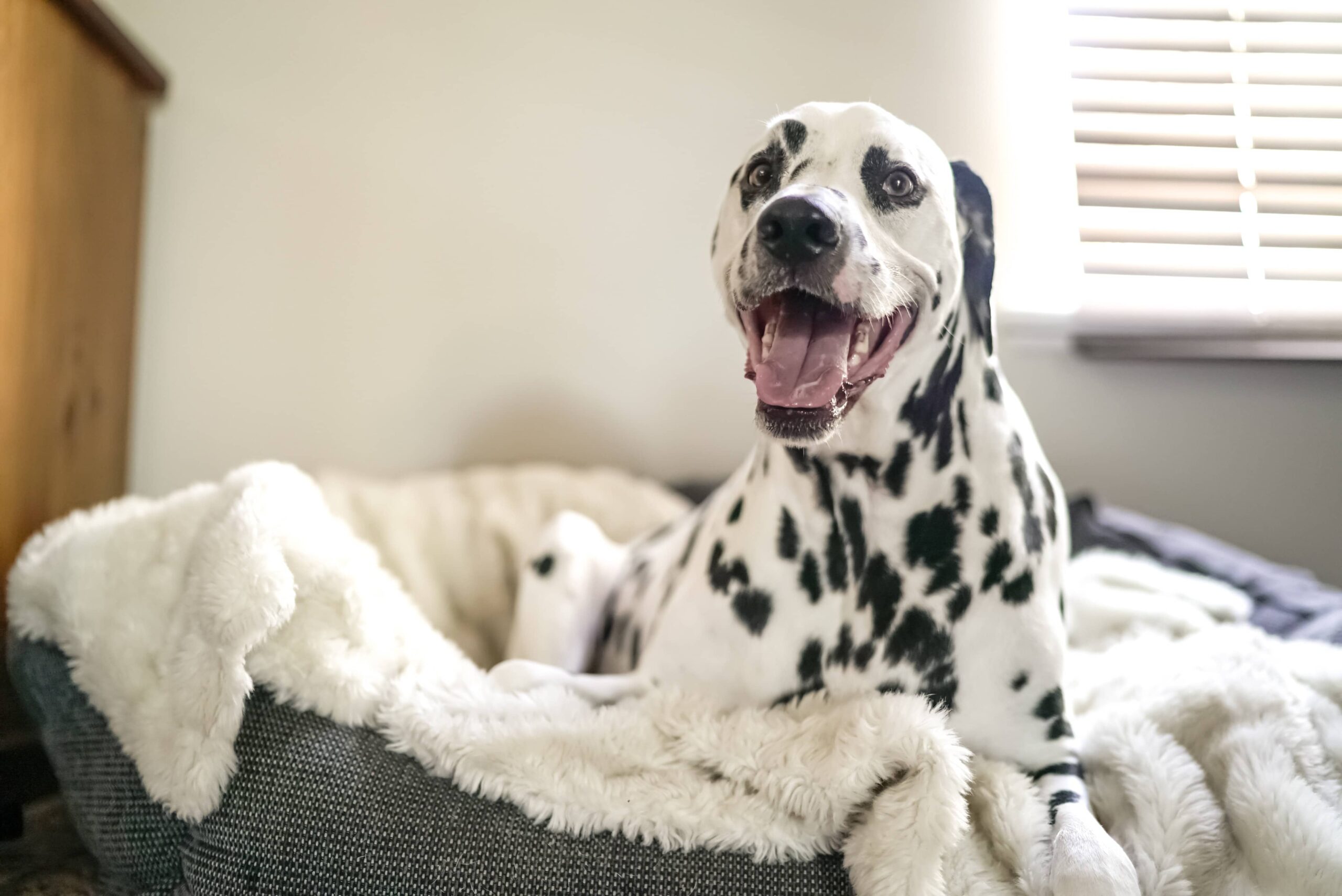Our dogs learn as pups what makes us happy. They want to be our “go-with” companions who will do just about anything we ask of them. We can gently pat their heads or rub their ears and they’ll patiently listen as we share our deepest thoughts. As their owners and carers we also quickly learn what our young dogs like. We learn to throw that ball just the right distance each time. We know just the right spot to scratch and what treats they love to be rewarded with. But—as much as we think we know about puppies—there are three primary things you must know when you are housetraining puppies.
- Many dogs are smart and some not so much. According to dog researcher Stanley Coren, the smartest, most trainable adolescent and adult dog breeds are thought to have about the same ability to understand human speech as a 2-year-old child. The smartest adult breeds can learn, understand and respond to 250 or more words. Even the common mixed breed dogs can sufficiently learn around 150 words. The highest marks go to Border Collies, Poodles, German Shepherds, Golden Retrievers, Labradors, and Doberman Pinschers. Sorry you Borzois, Chow Chows and Bulldogs—you scored the lowest of the breeds. But, like human babies, pups of all breeds have not yet mastered any words.
The takeaway? Regardless of breed, when housetraining puppies, if he piddles or poops in the wrong place, don’t scream a long tangle of words the pup can’t possibly know. Just say NO! Don’t use his name—that’s a bad move when trying to housetrain puppies—just say NO!
- Newborn pups don’t wag their tails until 3 weeks of age. ln fact, some pups won’t start wagging till they’ve reached 7 weeks. Most vets and researchers agree that very young pups are capable of wagging, it’s just that they are too preoccupied with nursing and sleeping to bother with it. The fact is, they just haven’t learned yet that tail wagging makes us happy. So don’t despair, your new best friend will soon be whipping you and everything else with his happy tail.
The takeaway? Put the breakables out of reach of wagging tails! And, when your pup comes to you with a wagging tail, respond in kind with lots of pets and praise.
- Most people mistakenly believe that dogs can only see in black and white. Canine researchers have repeatedly shown that dogs do see in colours. We now know that dogs are able to see in blue, violet, and yellow, as well as many shades of grey that we humans can’t see. But, dogs probably do not see the colours red, green and orange. While vibrant to us, those colours most likely appear to dogs as varying shades of yellow or grey.
The takeaway? Don’t expect your pup to respond to colours he can’t see. Put another way, don’t blow a fuse when the pup mistakes your green shag for the grass outside.
If you are still searching for the perfect puppy to join your family check out our blog “Top 10 tips and considerations for choosing a breeder”






Leave A Comment